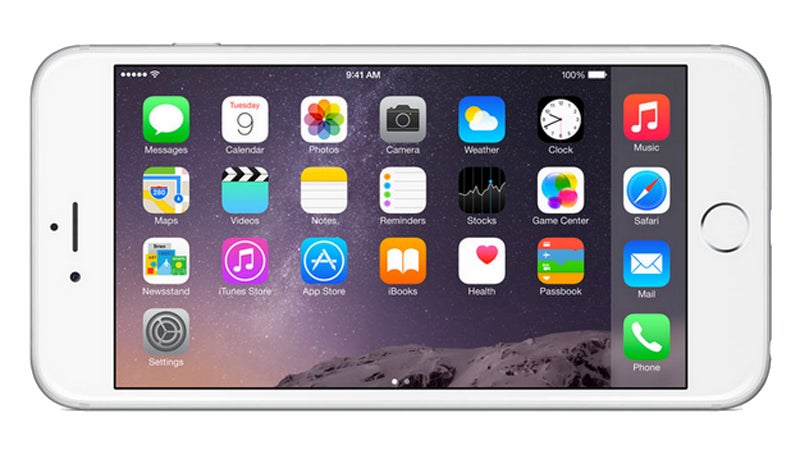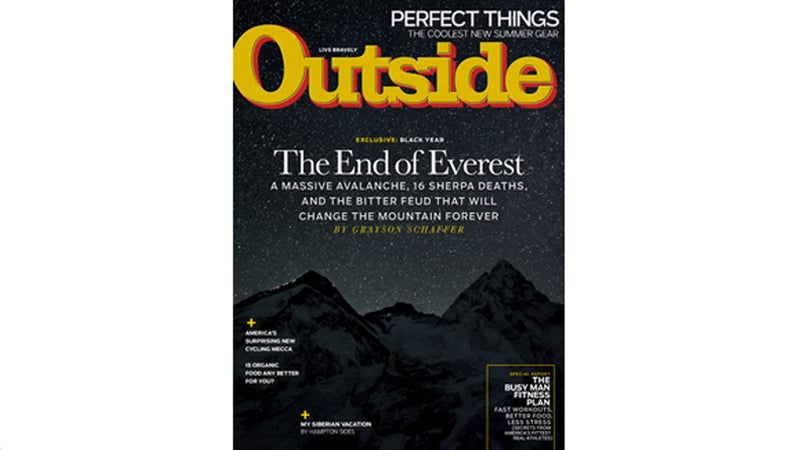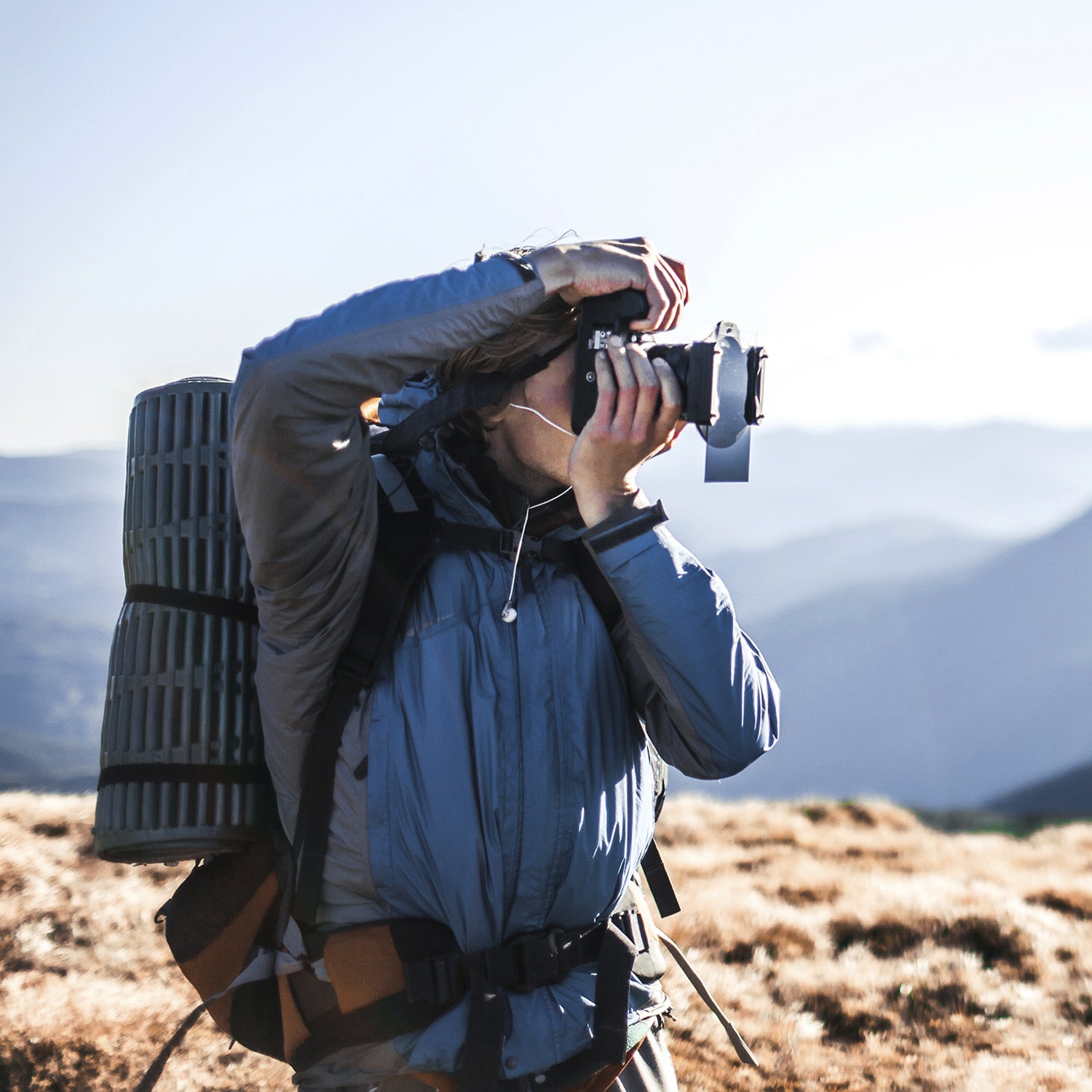This seems so obvious, but based on the number of people who still post vertical photos, it clearly isn’t. The world of vertical photography, once dominated by hanging portraits, magazine covers, passport and school photos, and leather-bound albums, has come to an end. We look at everything horizontally: our computers, our phones, our TVs. Our eyes are side by side, not one on top of the other. It’s time for a moratorium on vertical photos on the Internet.
If you use any camera more capable than a point and shoot, like the or the kickass new , you no longer need to risk carpal tunnel syndrome by turning the camera on its side. If you shoot with your iPhone, you need to turn the device sideways before you press the shutter button.

Apple, unlike many companies, understands the ascendency of landscape, which is why the new , announced Wednesday, includes a special landscape mode that finally allows your phone to function like the small computer that it is. The company that popularized the tablet and the smartphone has been telling us where the technology has been going for the past decade. This horizontal thing might seem like a subtle afterthought, but it signals a big change about how we view the world.
The Web is inherently a horizontal medium, a point hammered home in a decrying the practice of vertical video—that annoying sliver of garbage that happens when you forget to turn your cellphone sideways before recording the latest road rage incident or your buddy’s ill-advised cliff jump. Since so many iconic news events are now recorded on cellphones, I’m convinced that vertical video will be the defining, unfortunate look of our era. That PSA reminds us that we can turn a photo sideways but not a video.
That video was made two years ago, and how the world has changed since then. Vertical photographs are no more acceptable than vertical video. Why would you go to the trouble of buying a camera and then throw away two-thirds of the screen you show the pictures on? Even though the vertical orientation is sometimes called “portrait” format, it’s past time to start shooting pictures of people’s faces in landscape as well.
Now, before you accuse me of being a scold, consider this: The reason photos in print publications tended to be vertically oriented is because of the words. Narrow columns of text are much easier to read than wide ones. The reason vertical photography became popular in the first place is because it was forced into the real estate of a publishing industry that cared more about the text. That’s why coffee-table books aren’t just bigger but also wider. So don’t think of this as a yet another concession to our coming digital overlords; think of it as liberation. The words scroll down, and the photos sprawl side to side to side.
But what about Instagram? That’s a square. It’s artistic and soulful like a , right? Wrong. As the old Mamiya ads mocking Hasselblad went, “Don’t be a square.” Instagram’s square format is a focus-grouped compromise that springs directly from photographers forgetting to turn their phones sideways and media consumers’ inability to turn the phone on its side to view a landscape photo. Incredibly, there’s actually that will add a white letterbox around your rectangular photo—in other words, it makes the picture appear even smaller to viewers who are already using a tiny smartphone screen—so you can upload nonsquare images to Instagram. Yes, you have to pay to make your photos crappier. Hopefully, Instagram will see the light and transition to a wide-screen format. Until then, crop your squares out of a landscape photo instead of a vertical. You’ll still see the New York Times crop square thumbnails for its home page—though never above the fold—but the photos after the clickthrough are always horizontal.

If you’re holding out because you think there’s a chance you might need to print something, you’re in luck. Owing to simple geometry, it’s much easier to crop a horizontal image into a vertical than to turn a vertical into a landscape. The August 2014 cover of ���ϳԹ��� was cropped from a horizontal frame that was part of a timelapse series.
Seriously, people who post vertical photos online are basically like your grandfather who still dials his cellphone with his index finger instead of his thumb. That was a similar case, where the innocent way that a cellphone keypad fit in our hands allowed our thumbs to surpass our index fingers as the default digit. The Web in general, and the iPhone 6 in particular, will turn the world on its side—not just on the screen but as the default view in our minds. The future is an uncropped widescreen landscape, and it looks beautiful.


